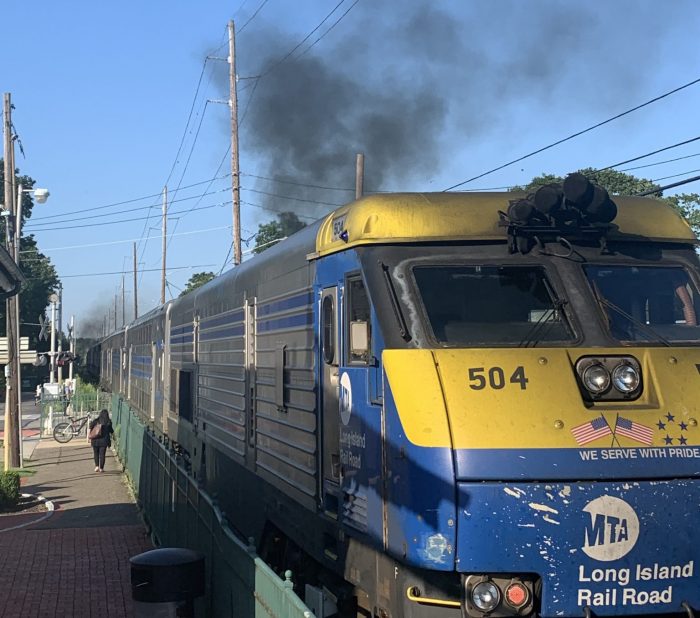Grieving residents and elected officials gathered on Tuesday, May 9, for a press conference in Hauppauge hosted by Suffolk County Legislator Kara Hahn (D-Setauket) for National Fentanyl Awareness Day. A pebble was dropped into a jar every 8 1/2 minutes during the press conference, representing the average span that another individual dies from a fentanyl overdose in the United States. Purple rocks with faces and names of lost loved ones painted on them were placed on the ground in front of the podium, representing the 175 lives lost each day due to this epidemic.
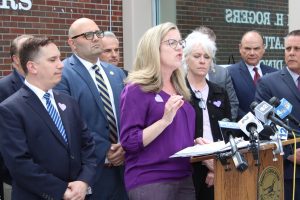
In addition to Hahn, several other elected officials attended and spoke at the press conference, including county legislators Anthony Piccirillo (R-Holtsville), Manuel Esteban (R-East Northport), Leslie Kennedy (R-Nesconset) and Stephanie Bontempi (R-Centerport).
Several parents and family members of individuals who had lost their lives due to an opioid addiction also spoke. One common thread speakers emphasized was that prevention is key.
Something as simple as parents talking to their children about the dangers of drugs could encourage them to never experiment in that area. Dorothy Cavalier, currently chief of staff for county Legislator Sarah Anker (D-Mount Sinai) and future candidate for Anker’s term-limited post, said that she’s “seen the great work that we can do and the amazing things that can happen when people just talk [to their children].” She warned that children might receive a pill from another kid at school thinking that it will help them focus while studying, but it might be laced with fentanyl.
Doctors overprescribing drugs for other issues could also lead to an addiction. Esteban said that there needs to be accountability for doctors to disincentivize giving out dangerous drugs too freely. “We need laws to hold doctors responsible who overprescribe,” he said. Piccirillo added that the county has won lawsuits against large pharmaceutical companies and put that money back into the community to help parents and children that are battling this addiction issue.
Several speakers also touched on the need for better treatment options for those attempting to overcome this battle with addiction. “We need programs that give people a fighting chance,” Esteban said. “Studies show they need at least three months. Why are we not funding these programs?”
The mental health crisis was also discussed as a factor in this rising issue. Bontempi emphasized that part of this has to do with putting too much pressure on children and keeping expectations too high. Claudia Friszell, who lost her son to an overdose and is a drug treatment advocate, said, “We need to talk to our kids about dealing with stress and our emotions.”
Kennedy emphasized that we “need more funding for mental health treatment, which includes substance misuse.” She said that it should be a focus to get the federal and state governments to fund programs that get treatment to every individual who needs it.

Many speakers wished to remove the stigma around drug addiction. Carole Trottere, who lost her son in 2018 and helped organize this event, said, “Some people think these kids deserved what they got or they knew what they were getting into.” She added that some people will say that all those who have died from overdoses were “just a bunch of drug addicts.”
Blue Point resident Dorothy Johnson, who lost her son in 2011, wants to remove that shame and stigma. She said that when returning to work after her son passed, no one wanted to talk about it with her. Johnson works in her community to get people discussing this issue so that those in need know they are not alone.
Steve Chassman, executive director for the Long Island Council on Alcoholism and Drug Dependence, emphasized that if a person is struggling with addiction they should reach out for help. “If you’re out in the cold from opiate or substance use, it’s time to come in from the cold, and we will help you,” he said.
Hahn began the press conference by informing the attendees of the fentanyl death statistics in the United States: seven every hour, 175 each day, 1,225 each week, more than 5,250 each month and more than 63,000 each year. The hope is that an environment is built where those battling drug addiction feel supported enough to seek help before they become another number in the rising fentanyl death total.
In a press release from Hahn, according to the Centers for Disease Control and Prevention fentanyl is 50 times more potent than heroin and 100 times more potent than morphine.
The release noted that since taking office in 2012, Hahn “has sponsored several pieces of legislation designed to help stem the tide of opioid deaths in Suffolk County.”

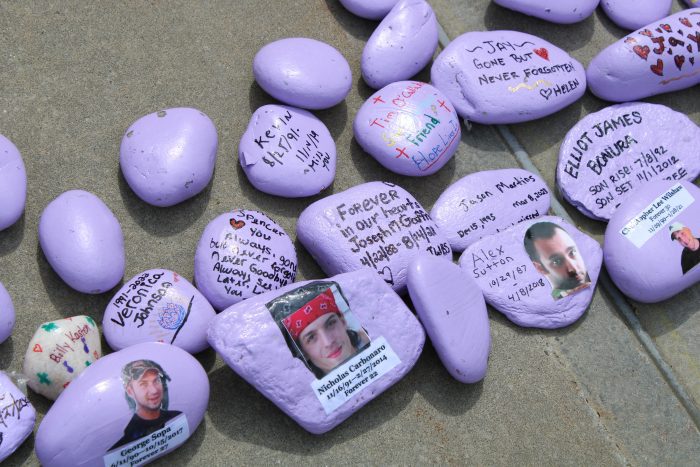



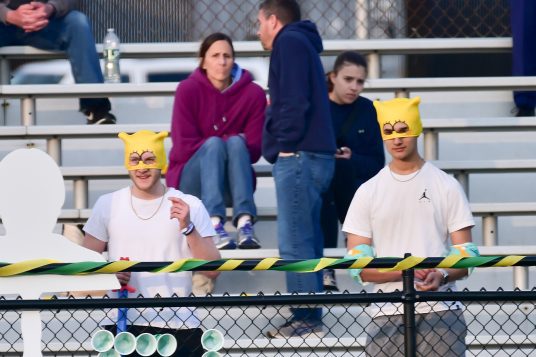
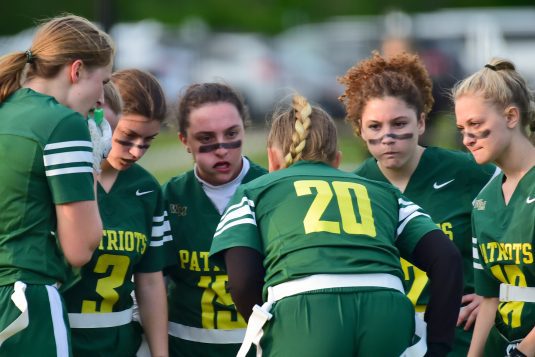
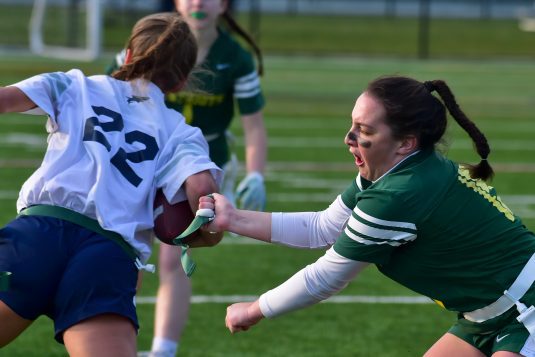
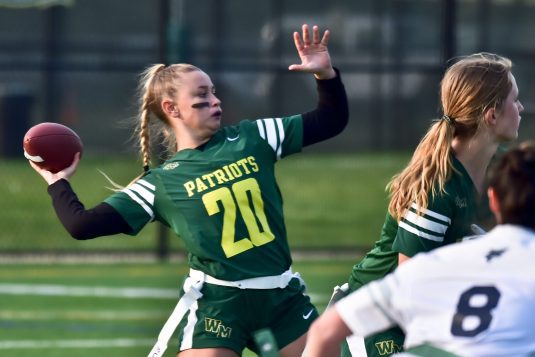





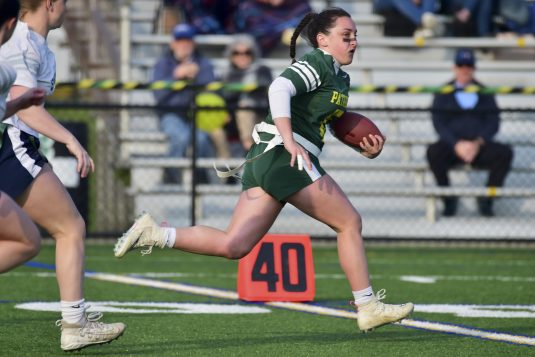


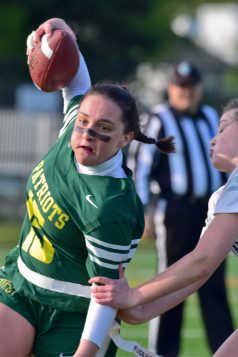




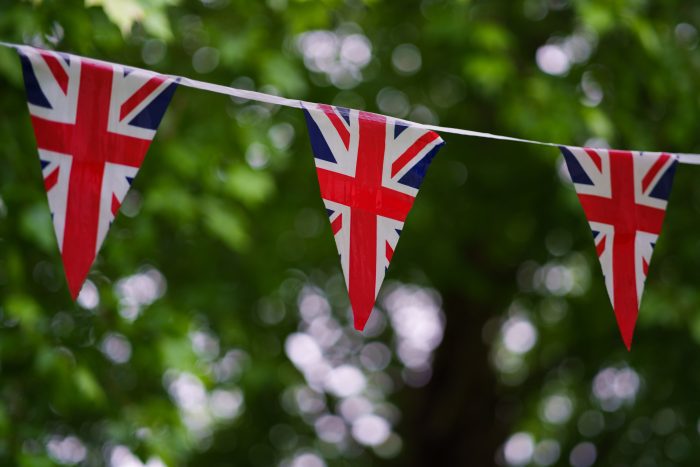


 “Participating in Stamp Out Hunger is easy,” says Randi Shubin Dresner, president and CEO of Island Harvest. “Generous Long Islanders are encouraged to leave non-perishable food items in a bag next to their mailbox before the regularly scheduled mail delivery on Saturday, May 13. Then, your USPS letter carrier will do the rest to help make sure that no one on Long Island goes hungry.”
“Participating in Stamp Out Hunger is easy,” says Randi Shubin Dresner, president and CEO of Island Harvest. “Generous Long Islanders are encouraged to leave non-perishable food items in a bag next to their mailbox before the regularly scheduled mail delivery on Saturday, May 13. Then, your USPS letter carrier will do the rest to help make sure that no one on Long Island goes hungry.” Since its inception in 1993, Stamp Out Hunger has collected more than 1.75 billion pounds of food in all 50 states plus the District of Columbia, Puerto Rico, Guam and the U.S. Virgin Islands to help address the issue of hunger in America. On Long Island, Stamp Out Hunger brought in over 519,000 pounds of food in 2019 before the event was temporarily suspended from 2020 through 2022 due to the pandemic.
Since its inception in 1993, Stamp Out Hunger has collected more than 1.75 billion pounds of food in all 50 states plus the District of Columbia, Puerto Rico, Guam and the U.S. Virgin Islands to help address the issue of hunger in America. On Long Island, Stamp Out Hunger brought in over 519,000 pounds of food in 2019 before the event was temporarily suspended from 2020 through 2022 due to the pandemic.





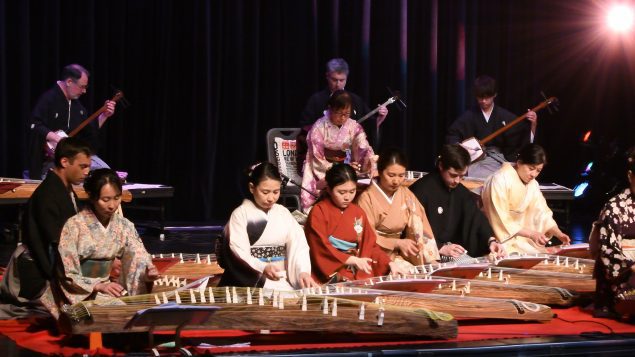
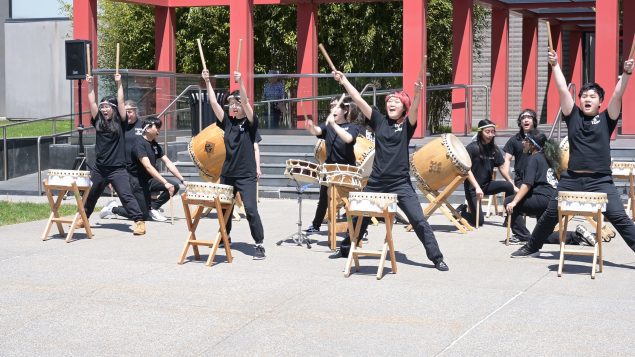
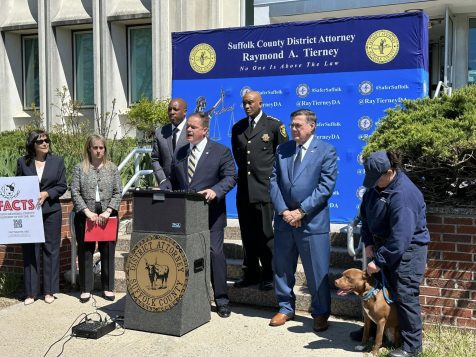
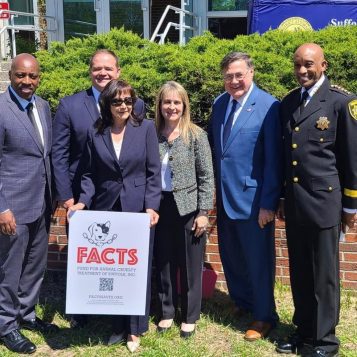
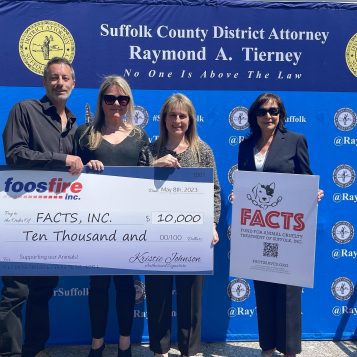
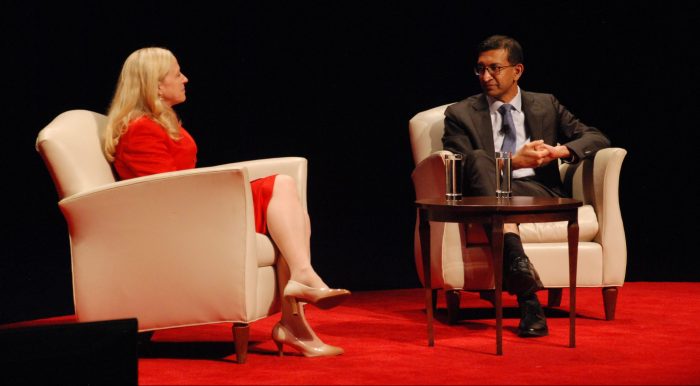
 President Maurie McInnis introduced Chetty as a member of the National Academy of Sciences and a recipient of the MacArthur Fellowship “genius grant” as well as the John Bates Clark Medal, which is given to outstanding economists under the age of 40. Chetty is the William A. Ackman Professor of Public Economics at Harvard University.
President Maurie McInnis introduced Chetty as a member of the National Academy of Sciences and a recipient of the MacArthur Fellowship “genius grant” as well as the John Bates Clark Medal, which is given to outstanding economists under the age of 40. Chetty is the William A. Ackman Professor of Public Economics at Harvard University.